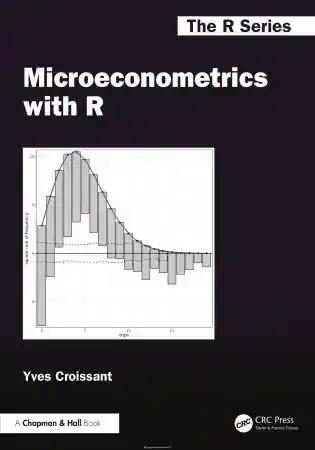
Running the World’s Markets: The Governance of Financial Infrastructure
- Length: 472 pages
- Edition: 1
- Language: English
- Publisher: Princeton University Press
- Publication Date: 2011-01-17
- ISBN-10: 0691133530
- ISBN-13: 9780691133539
- Sales Rank: #1608965 (See Top 100 Books)
The efficiency, safety, and soundness of financial markets depend on the operation of core infrastructure–exchanges, central counter-parties, and central securities depositories. How these institutions are governed critically affects their performance. Yet, despite their importance, there is little certainty, still less a global consensus, about their governance. Running the World’s Markets examines how markets are, and should be, run.
Utilizing a wide variety of arguments and examples from throughout the world, Ruben Lee identifies and evaluates the similarities and differences between exchanges, central counter-parties, and central securities depositories. Drawing on knowledge and experience from various disciplines, including business, economics, finance, law, politics, and regulation, Lee employs a range of methodologies to tackle different goals. Conceptual analysis is used to examine theoretical issues, survey evidence to describe key aspects of how market infrastructure institutions are governed and regulated globally, and case studies to detail the particular situations and decisions at specific institutions. The combination of these approaches provides a unique and rich foundation for evaluating the complex issues raised.
Lee analyzes efficient forms of governance, how regulatory powers should be allocated, and whether regulatory intervention in governance is desirable. He presents guidelines for identifying the optimal governance model for any market infrastructure institution within the context of its specific environment.
Running the World’s Markets provides a definitive and peerless reference for how to govern and regulate financial markets.
Table of Contents
Part One: Background Information and Analysis
Chapter One Definitions
Chapter Two Market Power
Part Two: Survey Evidence
Chapter Three The Allocation of Regulatory Powers over Securities Markets
Chapter Four Regulation and Governance of Market Infrastructure Institutions: Global Perspective
Chapter Five Governance of Market Infrastructure Institutions: A Snapshot
Part Three: Case Studies
Chapter Six Exchanges
Chapter Seven CCPs and CSDs
Part Four: Policy Analysis and Recommendations
Chapter Eight What Is the Most Efficient Governance Structure?
Chapter Nine Who Should Regulate What?
Chapter Ten How Should Market Infrastructure Institution Governance Be Regulated?







